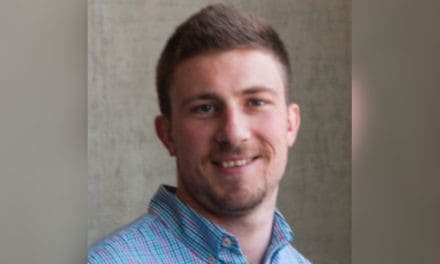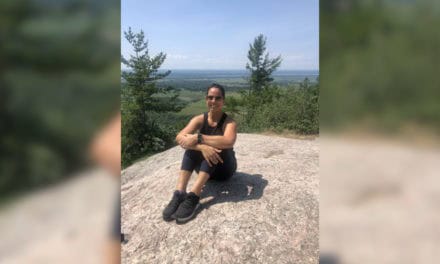HALO Research Scientist Dr. Jean-Philippe Chaput and HALO Director Dr. Mark Tremblay are among the authors on a paper, “International Study of Childhood Obesity, Lifestyle and the Environment (ISCOLE): Contributions to Understanding the Global Obesity Epidemic,” that was recently published in Nutrients. The paper reviews the scientific contributions of ISCOLE and its 102 papers published so far. Citation details and a summary of the paper are below.
Peter T. Katzmarzyk, Jean-Philippe Chaput, Mikael Fogelholm, Gang Hu, Carol Maher, Jose Maia, Timothy Olds, Olga L. Sarmiento, Martyn Standage, Mark S. Tremblay and Catrine Tudor-Locke. International Study of Childhood Obesity, Lifestyle and the Environment (ISCOLE): Contributions to Understanding the Global Obesity Epidemic. Nutrients 2019, 11(4):848.
Abstract
The purpose of this review is to summarize the scientific contributions of the International Study of Childhood Obesity, Lifestyle and the Environment (ISCOLE) in extending our understanding about obesity in children from around the world. ISCOLE was a multi-national study of 9 to 11 year-old children from sites in 12 countries from all inhabited continents. The primary purpose was to investigate relationships between lifestyle behaviors and obesity, and the influence of higher-order characteristics such as behavioral settings, and physical, social and policy environments. ISCOLE has made several advances in scientific methodology related to the assessment of physical activity, dietary behavior, sleep and the neighborhood and school environments. Furthermore, ISCOLE has provided important evidence on (1) epidemiological transitions in obesity and related behaviors, (2) correlates of obesity and lifestyle behaviors at the individual, neighborhood and school levels, and (3) 24-h movement behaviors in relation to novel analytical techniques. A key feature of ISCOLE was the development of a platform for international training, data entry, and data quality for multi-country studies. Finally, ISCOLE represents a transparent model for future public-private research partnerships across low, middle and high-income countries.
Click here to read the paper for free.




